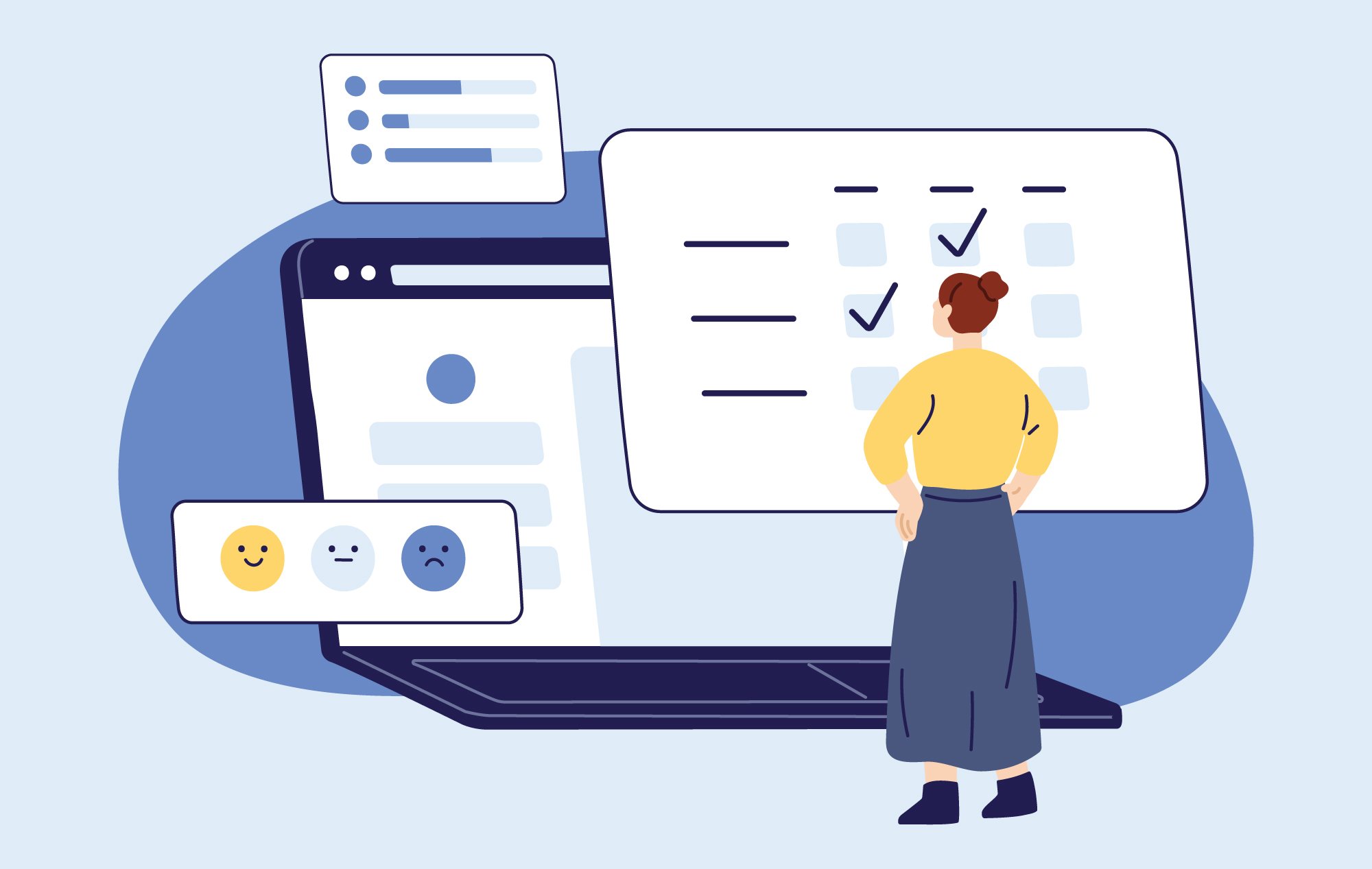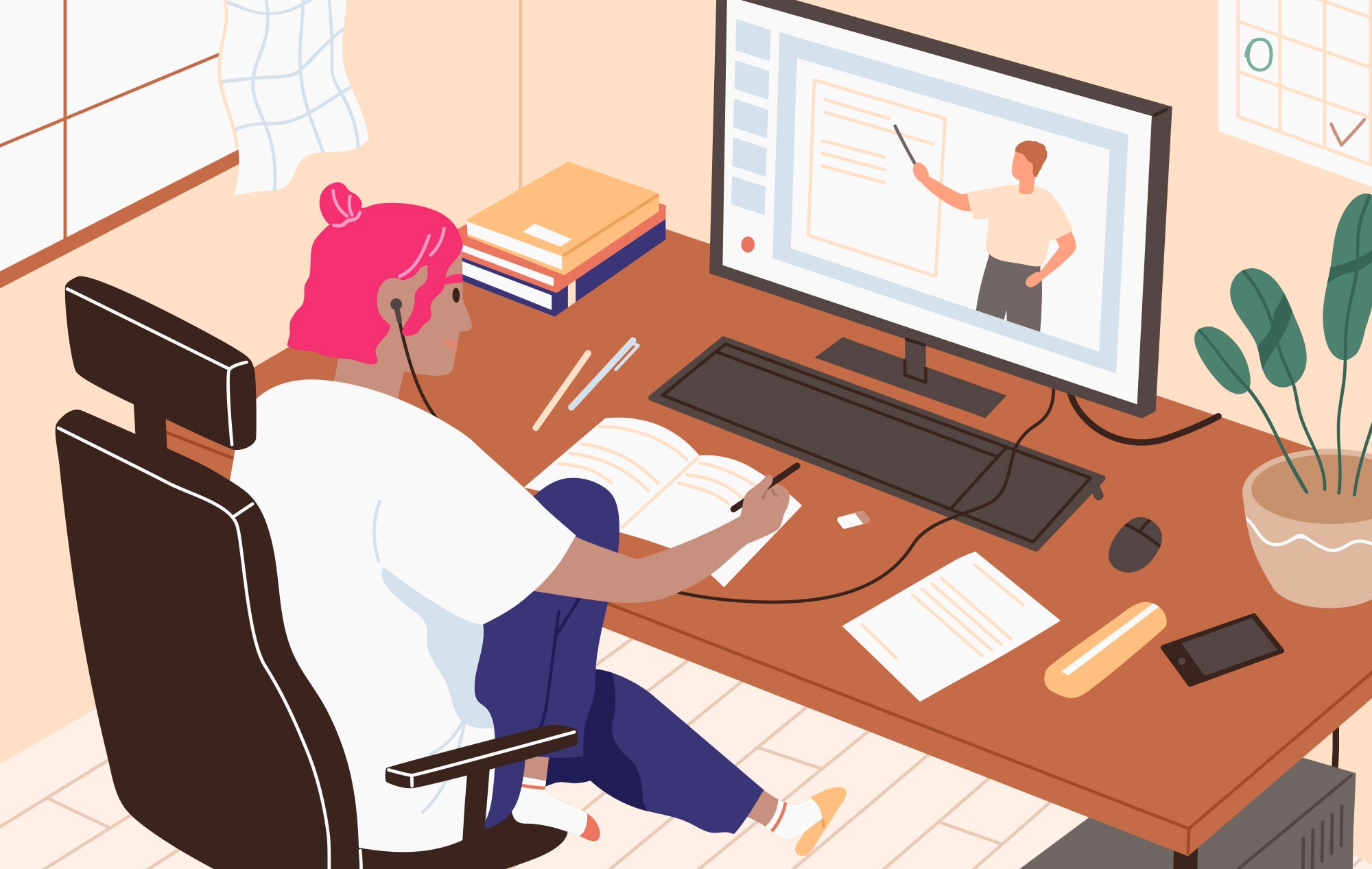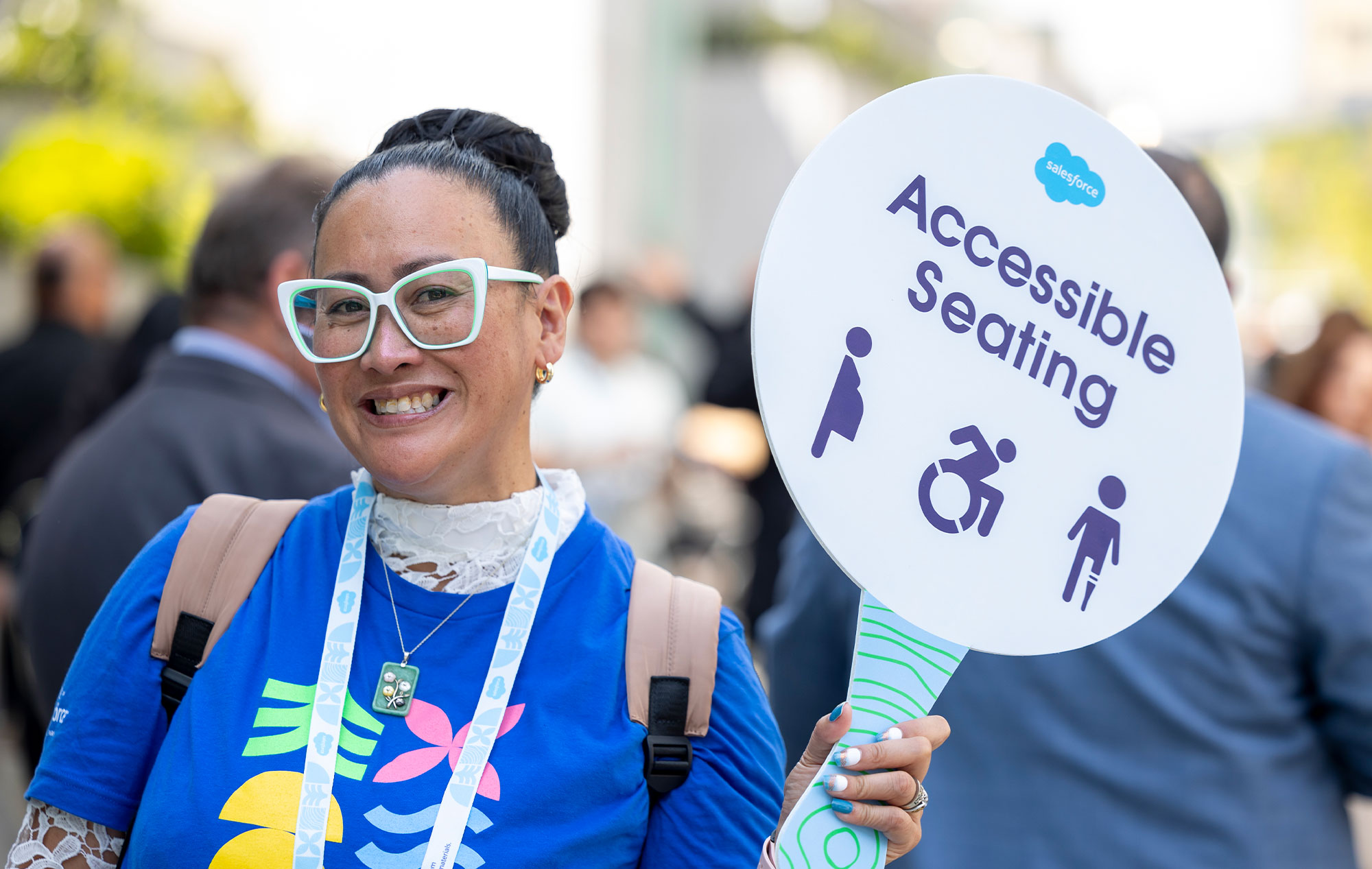Key Takeaways
- From Classroom to Corporate: Cala Campfield's journey from teaching Salesforce at the Blind Institute for Technology (BIT) to enhancing accessibility in Salesforce's Trailhead online platform showcases a direct line from educational insight to corporate implementation.
- Empowerment Through Employment: Salesforce amplifies its role as a disability advocate by partnering with the BIT, strategically hiring from a pool of tech-savvy professionals with disabilities to close the employment gap.
- User-Centric Accessible Design: Leveraging her experience and ongoing feedback from disabled users, Campfield refines Trailhead’s learning modules. This ensures they're accessible and better align with Salesforce’s commitment to a "shift left" mentality.
- Legacy Limitations: Campfield points out the complications in retrofitting accessibility to older systems, underscoring the need to build inclusivity into new technologies from the ground up.
- A Continuing Commitment: Salesforce's ongoing enhancements to Trailhead, including making specialized instructions for blind and low-vision users publicly available, illustrate a dynamic approach to digital inclusion, with plans for further expansion to accommodate neurodiverse users.
From the Classroom to Corporate: An Accessibility Specialist’s Journey
Before becoming a technical accessibility writer for Salesforce’s Workforce Navigators, a program equipping professionals with disabilities with in-demand Salesforce skills and certifications, Cala Campfield taught Salesforce courses at the Blind Institute of Technology (BIT), a nonprofit dedicated to helping professionals with disabilities find employment.
Primarily instructing admin certification preparation has given her unique insight into the many barriers professionals with disabilities face when utilizing software or working remotely.
“I saw how these students were struggling to bridge that gap between the instructions and their user experience,” she says. “And so I started creating these instructions for BIT just to make my life easier as a teacher.”
Salesforce soon recognized the impact her accessibility efforts could have on its free, online learning and training program Trailhead, so the cloud-based software company hired Campfield to bring her knowledge and educational instructions in-house.
She now plays a major part in accessibility testing for Trailhead, chipping away at barriers professionals with disabilities encounter on the platform.
Bridging the Employment Gap Through Accessible Learning
Throughout the past few years, Salesforce has developed a strong partnership with the Blind Institute for Technology, working to overcome a long historical trend of workplaces excluding people with disabilities from gainful employment.
In 2024, the labor force participation rate for those with disabilities (age 16+) hovered around 24.5 percent, while their non-disabled peers experienced a participation rate of 68.1 percent, according to the U.S. Department of Labor. Disabled workers are also twice as likely to be unemployed.
Halving this disparity will take deliberate design, reorienting the very ways we structure our workplaces and do business. After all, exclusion is a choice baked into our systems.
The collaboration with BIT has contributed to the transformation of Salesforce into one of the leading disability advocates in the tech industry, one employee at a time. From recruiting professionals with disabilities and reducing the disability employment gap to creating more accommodating in-person events, the Fortune 100 company continues finding more ways to introduce greater accessibility into its ecosystem and suite of products.
This includes constantly refining its online training platform to be accessible to more people.
Inside Salesforce’s Trailhead Accessibility Testing Program
As an accessibility tester, Campfield examines thousands of learning modules, identifying where extra context may be beneficial for program participants and writing alternate or mirrored sets of instructions. She also acts as a student user discerning potential roadblocks for other professionals with disabilities who use the learning platform.
She’s not relying entirely on her own experience, however. In partnership with BIT, Campfield diligently seeks out feedback from those undergoing the training.
“I always ask every cohort that comes through, ‘What’s broken? Let me know if you have a different experience,’” she explains. “The students' feedback is really important because I can't be everywhere.”
While Salesforce maintains a “shift left” mentality, an approach that places accessibility at the beginning of the product design process, user experience obstacles can still creep in for people with disabilities.
“For example, instructions might say ‘Click on the pencil and drag it to the lower right region of the page,’” says Campfield. “As a keyboard-only or screen reader user, if you can't tell there’s a drag-and-drop item, then it doesn't mean a whole lot to you. You need instructions that speak to your user experience and how you navigate the platform.”
Accessibility Learning Paths: Trailhead's Specialized Resources
The accessibility improvements Campfield and her team have implemented within Trailhead are complemented by specialized learning content that educates users about digital accessibility itself. These trails represent Salesforce's dual commitment to making learning accessible and teaching others how to create accessible digital experiences.
Trailhead offers several key accessibility-focused modules that serve as valuable resources for both developers and non-technical professionals:
Foundational Knowledge
- Get Started With Web Accessibility – Cover fundamental accessibility principles, including WCAG guidelines and assistive technologies.
- Accessibility Basics – Learn how accessibility is implemented in Salesforce products.
- Equality Fundamentals – Understand Equality as a Salesforce value, become an ally, and establish a common language.
- Ethics by Design – Learn about ethical design and how to incorporate it into technology development.
Implementation Skills
- Inclusive Design – Develop a deep understanding of product development methodologies that consider users of all abilities.
- Writing for Web Accessibility – Create or produce digital content that’s accessible.
Workplace Inclusion
- Inclusive & Accessible Events – Navigate the key steps to hosting inclusive and accessible events.
- Inclusive Leadership – Identify Inclusive Leadership traits and principles, and put them into practice.
- Inclusive Marketing Practices – Use the six principles of inclusive marketing to create a culture of Equality.
These trails incorporate the same accessibility features that Campfield helps implement, creating a seamless experience for all learners. For professionals with disabilities, the accessibility of these modules is essential for career advancement within the Salesforce ecosystem.
It’s common for professionals completing these trails to bring that knowledge back to their organizations. The ripple effect extends far beyond Salesforce, however, creating more accessible digital experiences everywhere Trailblazers work.
This accessibility education initiative also supports Salesforce's broader commitment to closing the disability employment gap by equipping professionals with disabilities with in-demand skills while simultaneously teaching their colleagues how to create more inclusive workplaces.
Overcoming Legacy System Issues
Campfield’s work as an accessibility tester highlights a problem common to software and digital platforms; retrofitting accessibility features into products later down the line is always more complex and painstaking.
“A lot of challenges relate to legacy or classic systems that haven't been updated to meet accessibility standards,” she explains. “You might have an older system that only has drag and drop with a mouse and doesn't have any keyboard functionality to do that. So some of the new features that come along might be available to most people but they're not available in these legacy systems that some people are using.”
Not every individual or business, however, has the most up-to-date software or hardware, either, preventing them from accessing newer and more inclusive features—and sometimes older systems are incompatible with newer versions.
“Blind users or screen reader users often have to roll back to a classic system to be able to do anything,” she continues. “But then some of the newer modern things that you can do aren't available on this classic system that we're forced to use. The platform is always being updated. Accessibility is always a journey and Salesforce is making huge strides on that journey.”
The Future of Inclusive e-Learning at Salesforce
When Campfield came over to Salesforce from BIT, all her alternative screen reader instructions were just a set of internal Google Docs. They had proven helpful for those training with BIT, but Trailhead participants had no access to them.
“Ever since I started, our goal was to get these on Trailhead,” she says. “We had to make them public. Salesforce is a huge enterprise system, so it took us a while to get the right people in the room who had the power and the knowledge to build out a solution for us. We finally got there at the end of 2022 and started putting all these instructions publicly on Trailhead in the same units that everybody else experiences.”
While most of her work has focused specifically on blind screen reader users, greater inclusion is always the goal.
“We've wanted to do things to branch out to low-vision users,” notes Campfield. “We would love to write instructions for neurodiverse Trailblazers, as well. We can piggyback off the screen reader solution that we have set up and add links there, as well. This is a huge project to take on for one user group, and all modules are not covered, yet.”
Collaborating with user experience testers with disabilities is vital for product or program design teams. The impacts of employing somebody deeply familiar with the obstacles faced by the broader disabilities community can’t be overstated.
“I fall back on my experience as a blind user learning how to be a Salesforce admin,” she continues. “I lean on my experience of teaching people and what their struggles were. I bring that knowledge every time I sit down to write a new set of instructions.”
A founding partner of InclusionHub, Salesforce is helping bring greater accessibility and digital inclusion to the professional world. Visit its a11y website to learn more.






Leave a Comment